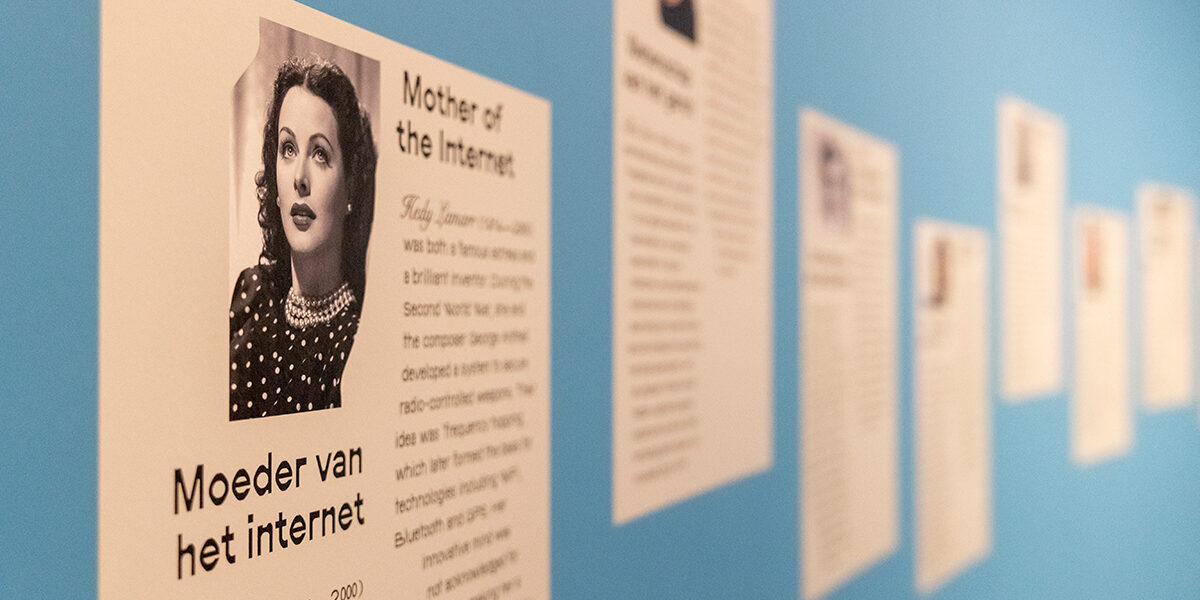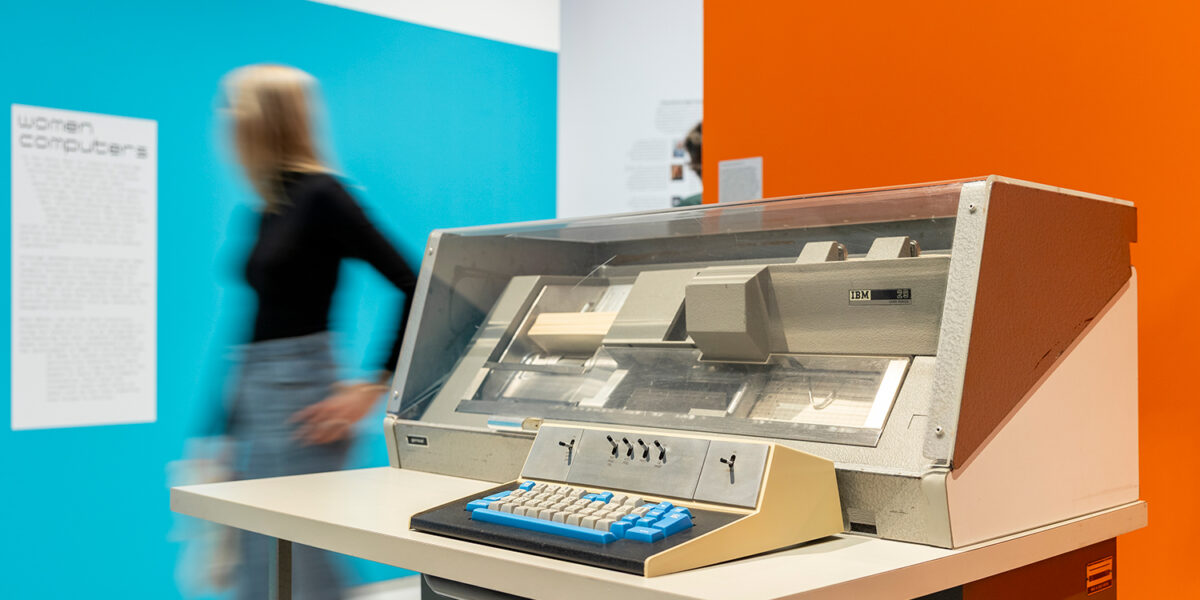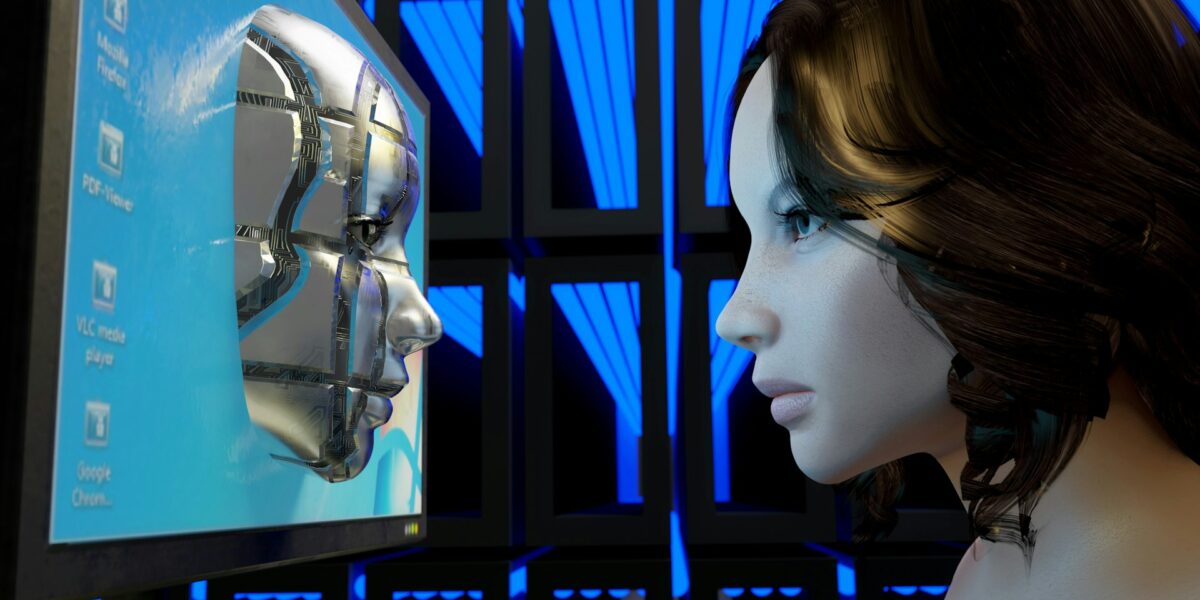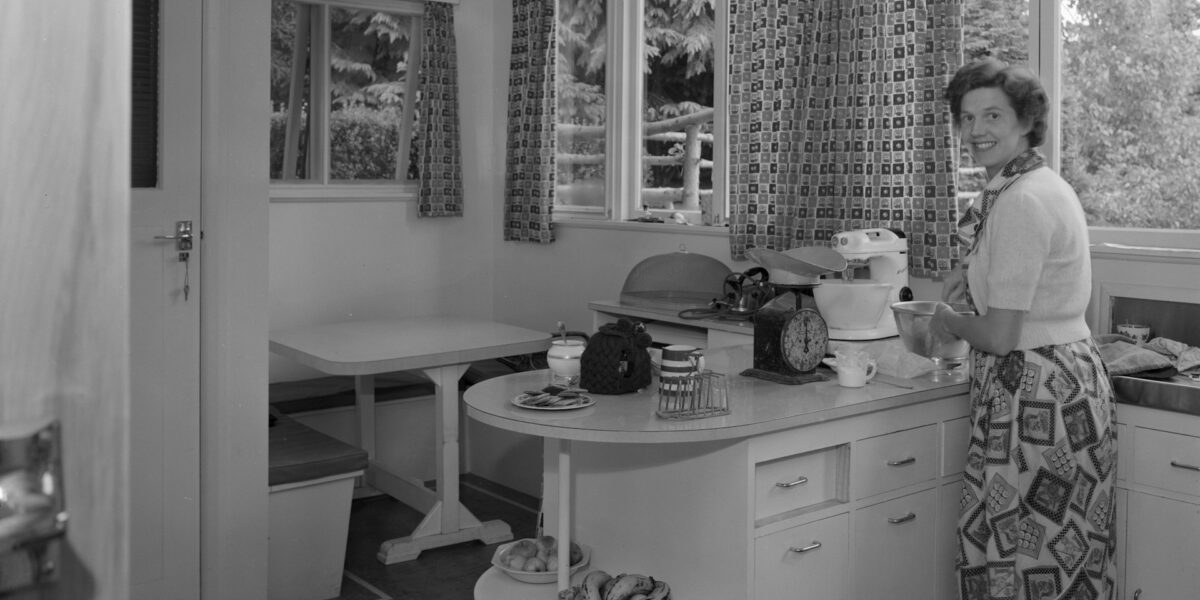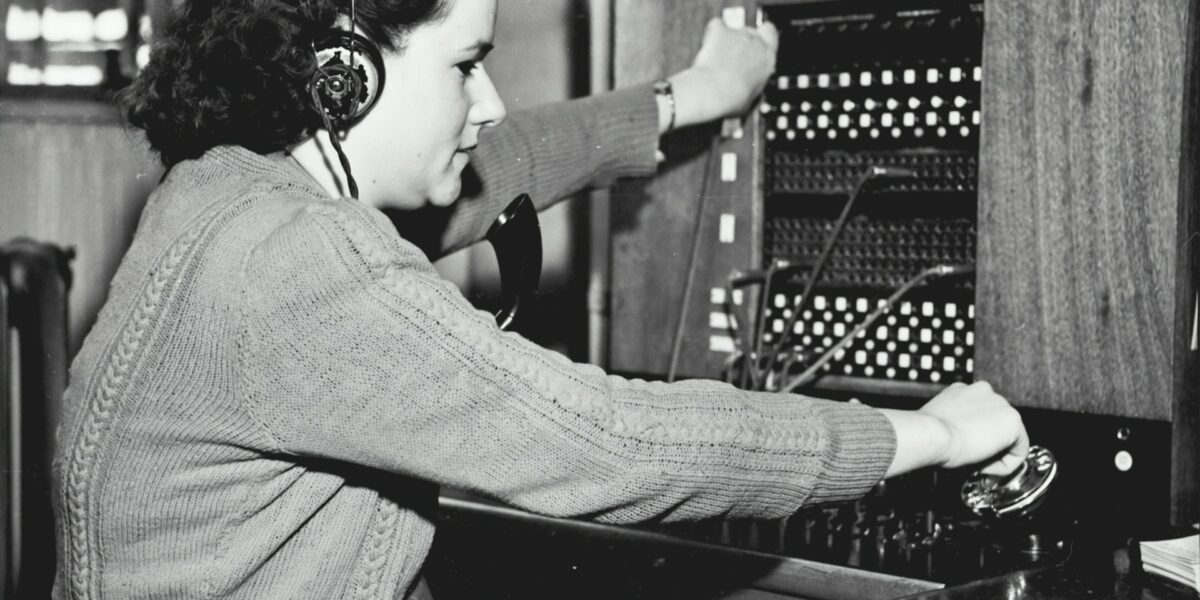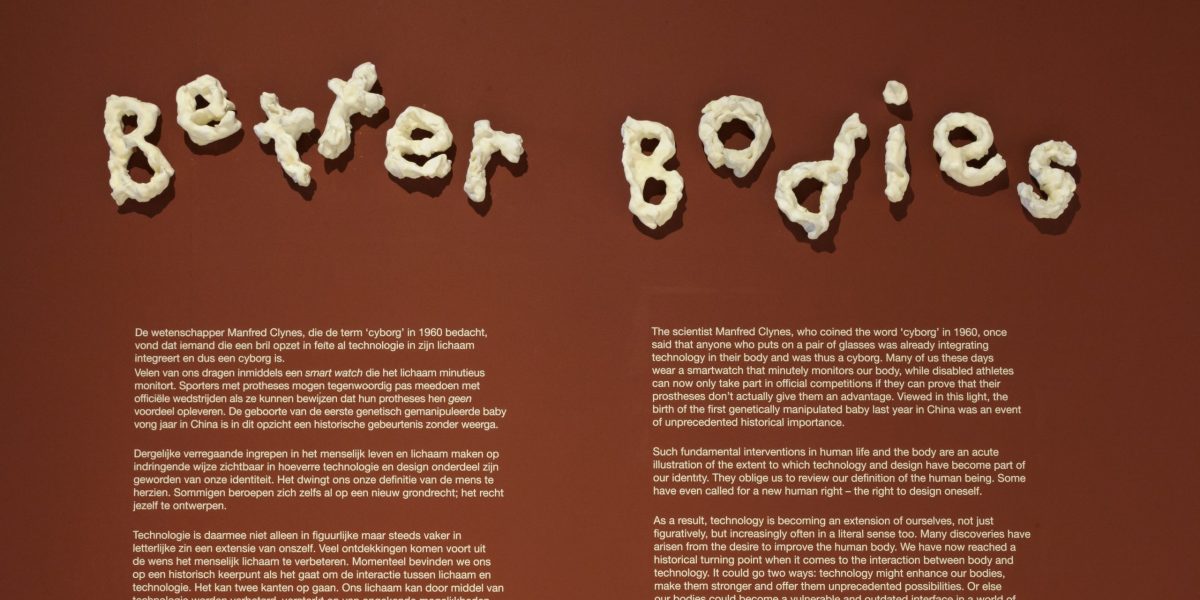The womb might well be the most discussed and regulated female organ in history. Not as part of the body, however, but as an abstract, reproductive object. Attention was rarely paid to the womb as such, however, it was more a question of what occurred within it, of pregnancy. While female sexuality was marginalized and desire without reproduction held in suspicion, the pregnant midriff was studied, modelled and recreated obsessively.
Text continues below the image.
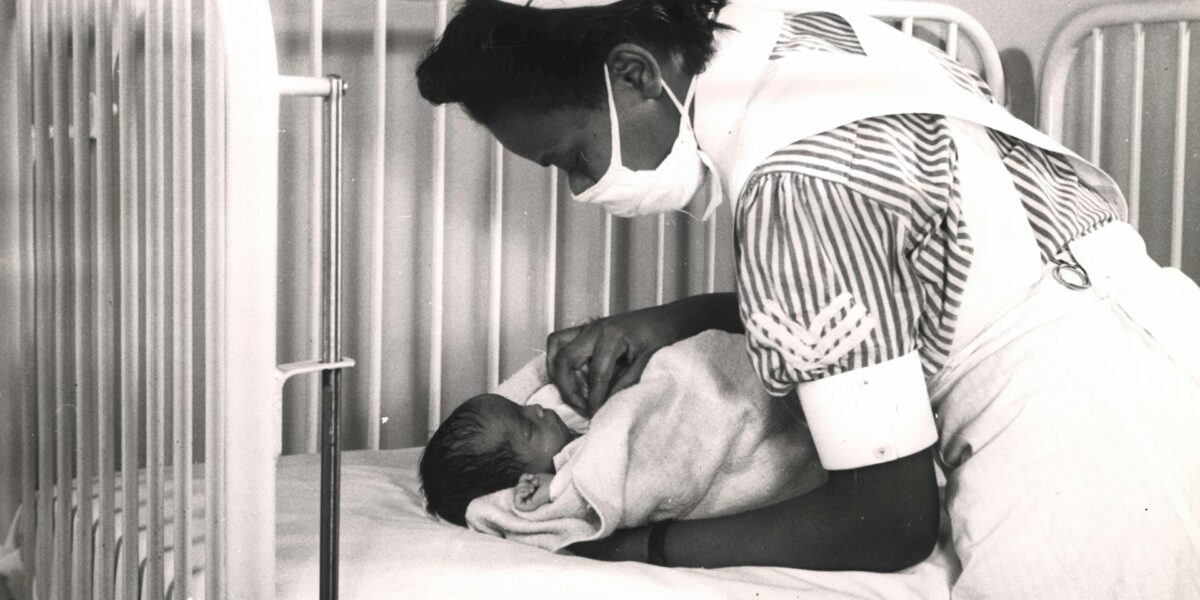
National Library of Medicine
Technology played a key role in this: not to understand the female body, but to render reproduction visible and controllable. The development of medical technologies shifted control over childbirth from women to men. Manikins were used to train male doctors, while obstetric instruments that only men were permitted to employ gave them access to the birthing room – medical professionalization that was accompanied by the marginalization of female knowledge.
Early incubators were like small factories, in which technology replaced the biological function of the womb. Prematurely born babies were presented at fairs as miracles of modern science. While the device saved lives, a debate arose as to who got to decide whether a premature baby would be allowed to survive: doctors, parents or technology?
Access to contraception and abortion has never been a straightforward issue. Preventing pregnancy was long frowned on, while seeking to terminate it was a crime. It was not until the late 20th century that women gained some limited control over their fertility. Yet this autonomy remains vulnerable to this day: laws are being tightened and procedures made more difficult, while political debates are once again turning women’s bodies into a battlefield.
Mapping
Anatomy books mapped the uterus, but always through a male lens. Renaissance anatomists like Andreas Vesalius (1514–1564) viewed the female body as an imperfect version of the male, an idea that originated from what would later be termed the ‘one-sex model’, in which uterus and ovaries were seen as an internal, inverted penis, scrotum and testicles. Reproduction was held to be the only essential difference between the sexes, with the result that birth evoked both fascination and fear of the unknown.
The ‘two-sex model’, which treated men and women as fundamentally different, arose in the 18th century. Attention to female anatomy grew, but so too did the belief that women were primarily defined by their reproductive organs. In her book De vrouw: haar bouw en haar inwendige organen (‘The woman: her physique and her internal organs’; 1899), Aletta Jacobs (1854–1929) called for women’s bodies to receive equal medical treatment.
The way the female body was mapped also determined how it was treated in the medical world. It is obvious nowadays that there is no such thing as neutrality of sex and that sex differences are an essential part of medical science. All the same, the medical profession is still largely attuned to a male, white model, with complaints from women, people of colour and queer people taken less seriously. Happily, although inequalities and ethical issues persist, this one-sided picture is increasingly being broken down.
Practice
A growing need for anatomical models arose in the 18th century, reflecting a shortage of real bodies for use in medical training. Female figures and manikins were developed to practise the delivery of babies, allowing knowledge to be passed on without the need to train on living women. There is a striking difference between models of this kind designed by men and those designed by women. Female designers’ manikins focused on practical knowledge and skills for midwives, whereas male designers adopted a more mechanical and analytical approach, as illustrated by the compact pregnancy model developed by Louis Auzoux (1797–1880), which opened up like a walnut.
‘Anatomical Venuses’ were also created – detailed wax replicas of female bodies with removable organs. The relaxed, sensual poses, glossy skin and tender facial expressions of these models gave them an erotic charge. They were exhibited in scientific collections and fairgrounds alike, frequently intertwining education and sensationalism.
Anatomical models of this kind offer an insight into how birth and the female body were rendered visible and manageable. They turned women’s bodies into objects not only of medical control but of entertainment too. Practice manikins are still part of medical training today, telling a story of the knowledge transfer and the cultural imagining of femaleness and birth.
In men’s hands
In the course of the 18th and 19th centuries, male gynaecologists increasingly took over the work of midwives in the event of complications during childbirth. Tools such as forceps and speculum enabled them to assume control of the birthing process. Since only men were permitted to use medical instruments, they assumed a dominant position in the delivery room. Their presence also altered the experience of childbirth: women were placed first on a birthing chair for better access, and later on a birthing table, where technology dictated the delivery process.
While medicalization reduced mortality rates and increased knowledge, it also resulted in greater inequality. Research was often performed on women’s bodies without their consent, with poor women and women of colour in particular used as test subjects. This gave rise to harmful notions such as black women having a higher pain threshold or the perception that some bodies were less deserving of protection.
The instruments and methods developed in the period in question determined the standard for maternity care for many years afterwards. While freedom of choice is growing and traditional norms are being questioned, this history can still be detected in the way care is designed and in our expectations towards childbirth, where power, access and agency continue to play a role.
Hidden desires
For centuries in the West, female sexuality was denied, controlled and mysticized. Sex was confined to religious marriage, in which it served solely for procreation, while female pleasure was placed entirely at the service of the husband. What’s more, female sexuality was viewed as an illness to be suppressed rather than as a natural phenomenon deserving further study. In ancient Greece, for instance, the womb was conceived as the ‘wandering uterus’, which rendered women unstable. Poorly understood female behaviour was medically diagnosed in the 19th century as ‘hysteria’ – a word derived from the Greek word for womb (hustera).
The same era saw the invention of the vibrator, not as a sexual instrument, but as a medical massage device. It has frequently been linked to the treatment of hysteria, with the widespread myth that doctors would bring female patients to orgasm to alleviate their symptoms. There is however no historical evidence for this. The physician Joseph Mortimer Granville (1833–1900), who developed the first electric vibrator in 1883 as a massage device for muscle complaints, specifically warned against using it on women.
The significance of the vibrator changed over time. Its design, use and interpretation highlight the way female sexuality has been culturally shaped. Technology has evolved in line with notions of female desire, obedience and sexual health.
The Baby Factory
The first incubators looked more like mini-factories than caring medical equipment. Stéphane Tarnier (1828–1897) was inspired by the heated glass boxes used to hatch chicks to design an equivalent to save premature babies. Doctors like Professor Hector Treub (1856–1920) in the Netherlands were sceptical at first, as incubators were expensive and premature birth had yet to be recognized as a separate medical category.
Consequently, incubators first appeared outside hospitals, at fairs and world exhibitions or at locations for public experimentation and technological innovation. Alexandre Lion (1862–1942), for instance, exhibited his model at the World’s Fair in Amsterdam (1895) and Martin Couney (1869–1950) continued the practice at Coney Island in New York. Visitors walked past glass cases in which babies were cared for, the mother’s body symbolically replaced by technology and medical oversight.
Incubators undeniably represented life-saving progress, yet their history shows how technology is never neutral, stretching the boundaries between care and control, body and machine. The devices allowed premature birth to be managed, but they also had significant implications for female agency and visibility. Researchers today are working to develop artificial wombs, raising old questions in a new form: who gets to decide about life outside the body, who will have access to this technology and what are the implications for the woman’s role?
Who decides?
The womb is and always has been political. All around the world, governments, religions and medical professionals decide who can have children, how many and under what conditions. China’s one-child policy placed restrictions on families for years, while the Catholic Church continues to condemn the use of contraception and to regard fertility as sacred.
A range of methods have been pursued throughout history to control reproduction. The late 19th century saw the emergence of eugenics – a controversial scientific theory that sought to improve the population by discouraging certain groups from reproducing, resorting in some cases to coercion via measures such as involuntary sterilization. This culminated in the extreme policies pursued in Nazi Germany, where some groups were prevented from having children, while others were encouraged to do so.
The Netherlands had the New Malthusian League, which spread information about contraception, much to the anger of church and government. The movement, which began to operate towards the end of the 19th century, offered women greater control over their fertility, but also promoted ideas about who was and was not fit to have children.
The struggle to decide these matters continues to this day. Reproductive rights, including abortion, are coming under pressure from conservative politicians all over the world. ‘My body, my choice’ is an idea that is still fiercely contested, with ideological differences determining who has control over fertility, reproduction and women’s bodies.

